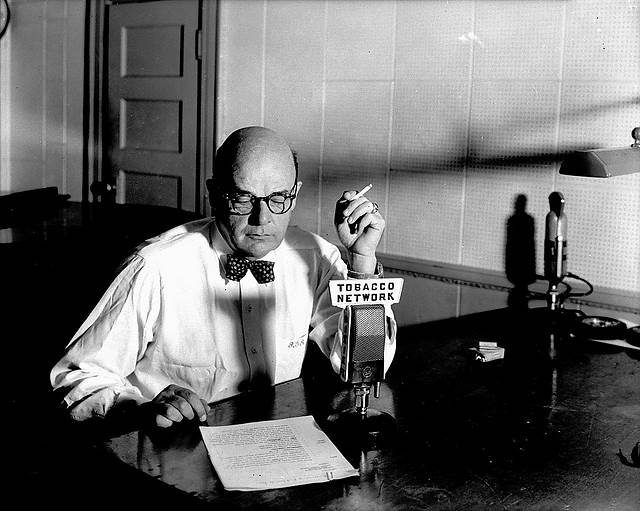 Once upon a time there was a local council in need of an organisational narrative. But how do you go about creating one? And what can be learned along the way? One communications officer at Swindon Borough Council shares their experience.
Once upon a time there was a local council in need of an organisational narrative. But how do you go about creating one? And what can be learned along the way? One communications officer at Swindon Borough Council shares their experience.
by GUEST EDITOR Kate Steel 
When the now-familiar policy changes and funding reductions first began to bite at the heels of local government, we needed to make sure our employees were equipped – and inspired – to deliver our priorities with our residents and it became apparent that we needed a clear, consistent story about how our organisation was changing and why. So what did we do?
We worked with a local designer to turn our words into an engaging infographic, which we rolled out through a high-visibility, organisation-wide campaign. We supported our managers and senior leaders to bring it to life for their teams, and put in a quarterly cycle of events for people across the organisation to come together and review how we were getting on with putting that narrative into action. But the mechanics are not the whole story, so what have we learned about embedding the narrative?
Chapter One – get the story told at all levels
Whilst visible leadership is crucial, an organisational narrative is not something that belongs to senior leaders alone. A rich, authentic narrative is one that is brought to life and re-told at all levels. We put in place storytelling coaching for our Directors, bespoke workshops for our managers, and worked closely with individual employees to help them tell their part of the story.
Chapter Two – shine a light on people who embody the story
In a communications team, you have the privilege of an overview of the organisation that few others get. Use this vantage point to shine a light on anybody you hear about who is living and breathing the values of your story. Encourage and support them to tell their version; this will give your organisational narrative more momentum and credibility than any corporate campaign.
Chapter Three – be provocative
A well-crafted narrative is essential, but if you want to know what the real story is you need to use it to stimulate a reaction. We deliberately rolled ours out with a high-visibility campaign; we put up posters overnight for people to discover the next morning, diverted our intranet homepage for two days and ensured that every single employee got a personal copy of the infographic on their desk. This prompted a wealth of helpful feedback and conversations; they told us how the organisation was really doing against its stated vision as well as which parts of the story people didn’t yet understand.
Chapter Four – remember it’s good to talk
We all know the value of the written word, but conversations are where people will really work out their role in the story. Support managers to use it in their team meetings, make opportunities for people to talk with senior leaders and bring people from across the organisation together to talk about what they’re doing (tip: cake tends to be a good networking tool). Make sure you are listening; they will give you invaluable insight into what part of the story needs to be told next – and help you find more of those superstars to shine a light on.
Chapter Five – mirror, mirror on the wall
Having a narrative isn’t enough; the next job is to act, as my manager puts it, as the ‘organisational conscience’. This means relentlessly holding the mirror up to the organisation and highlighting any gaps between what it says it is doing (narrative) and what it is really doing (lived experience). A narrative is meaningless unless the people who make up the organisation are living and breathing it.
Chapter Six – don’t forget the hard facts
This integrity also affects the business – ultimately it’s about morale and productivity. It’s important that your narrative goes hand-in-hand with robust measures. What impact is it having? How is it helping people understand the organisation’s priorities and their own objectives? Putting measures in place has already helped us track an increase of understanding of our priorities of over 14%.
Chapter Seven – make it part of the DNA
An organisational narrative shouldn’t exist on a poster in isolation. To make it meaningful, embed it throughout the key processes and ‘touchpoints’ of your organisation. Ours is linked to the performance appraisal and business planning processes, is part of induction days and provides the themes for every quarterly all staff briefing.
Chapter Eight – mix it up
We’ve found huge value in using a combination of conventional and more creative methods for communicating our narrative. We had the first infographic ever used in the local authority and partnered it with set-piece briefing events. Don’t be afraid of either style; they all have their place and your job is to figure out what works to engage your employees.
And finally…
We’ll be continuing our approach throughout 2014, learning along the way how best to foster our evolving story. We’ll be listening closely to employee feedback so the methods, content and channels may change, but we’ll remain fixed on our aim: for people to come to work with pride and purpose.
Kate Steel is Communications Officer - Insight - at Swindon Borough Council
photo via Flickr creative commons
